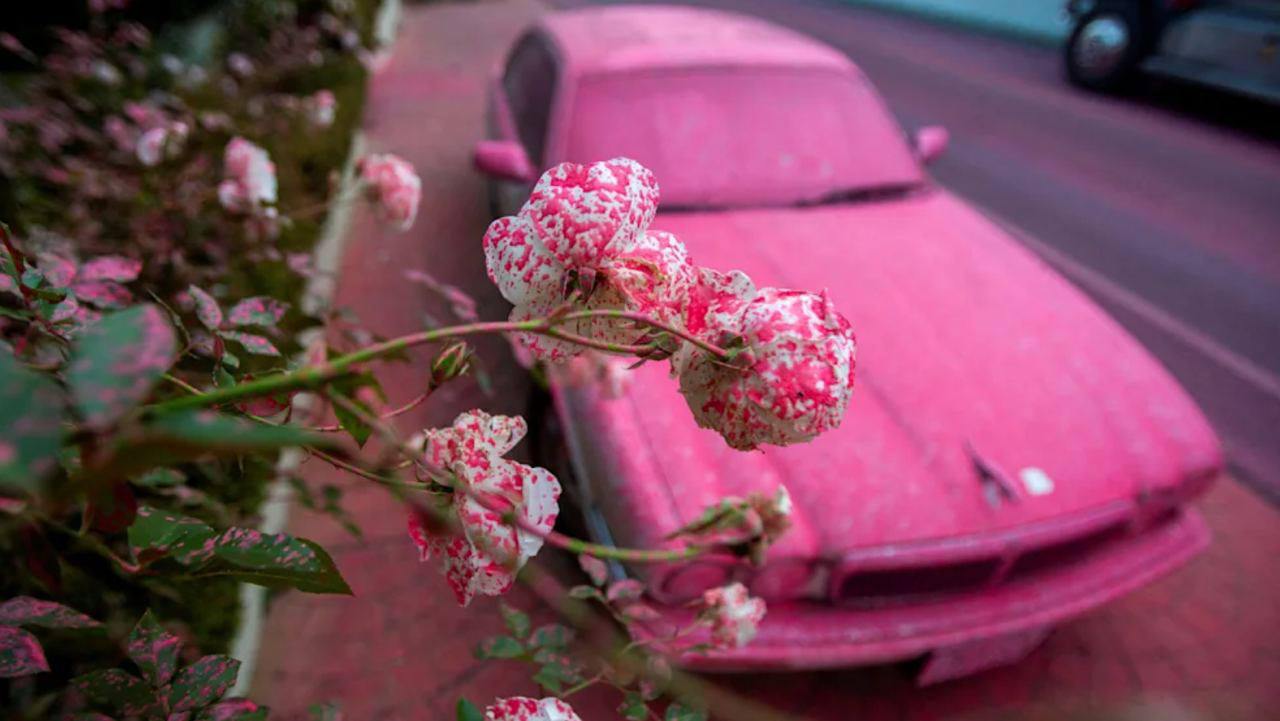As firefighters battle devastating wildfires in Southern California, footage of planes dropping bright pink and red powder over the Los Angeles suburbs has gone viral.
The substance, known as a fire retardant, has become a common sight in the area, coating roofs, cars and driveways as authorities try to contain the flames.

The pink powder is actually a product called “Phos-Chek,” which has been used by the California Department of Forestry and Fire Protection since 1963. It is made up of 80% water, 14% fertilizer-type salt and 6% dye and corrosion inhibitor. The dye is added to make it easier for pilots and firefighters to see where the powder is being sprayed, and after a few days in the sun, it fades to its natural color.

How does this powder work?
The powder slows the spread of fire in three ways: by cooling it, by reducing the oxygen around the flame, and by slowing down combustion thanks to inorganic salts that change the way the fuel burns. The substance is sprayed onto vegetation and soil susceptible to fire, creating a barrier that slows the fire, writes the BBC.
However, the use of this agent is controversial due to its possible negative impacts on the environment. The organization Forest Service Employees for Environmental Ethics sued the US Forest Service in 2022, accusing it of violating the Clean Water Act by dumping dust from aircraft into forests and waterways. It was claimed that the chemical kills fish and has limited effectiveness.

Although the court ruled in favor of the plaintiffs, the use of retardants is allowed with special permits from the EPA (US Environmental Protection Agency). In addition, the Forest Service has switched to a less toxic version of Phos-Chek, and its application near sensitive ecosystems such as river flows is strictly prohibited, except in cases of imminent danger to human life.





